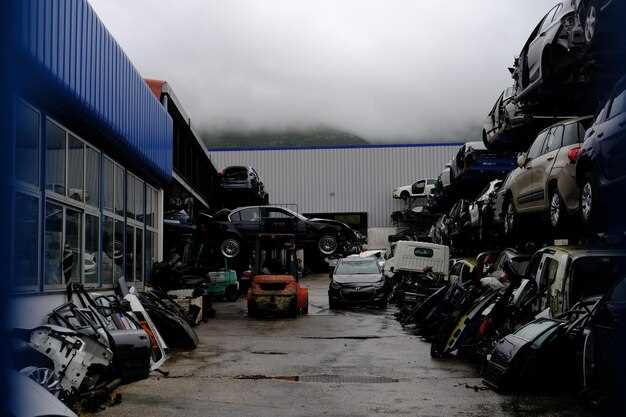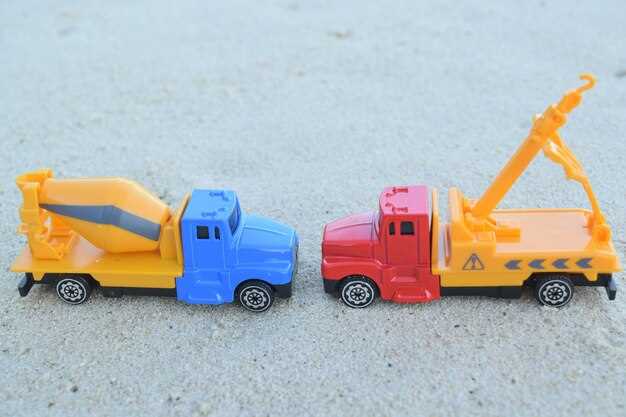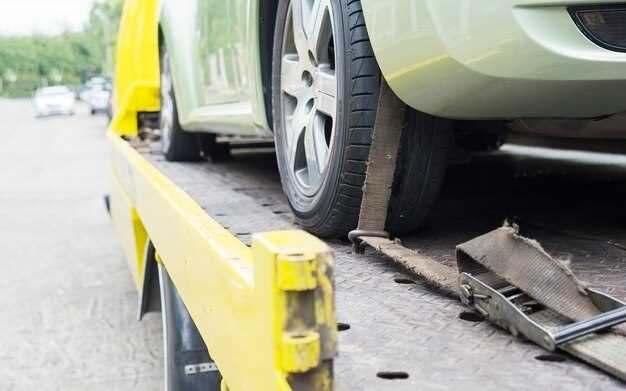
When it comes to transporting salvage cars, choosing the right transport method is crucial for ensuring the safety and integrity of the vehicle. The two primary types of transport available are open and enclosed transport, each with its own set of pros and cons. Understanding these differences can help car owners make informed decisions based on their specific needs and circumstances.
Open transport is often more affordable and widely available, making it an attractive option for many. However, it exposes vehicles to the elements and potential road hazards, which can be a significant concern for salvage cars that may already be compromised. On the other hand, enclosed transport offers superior protection from weather and debris, providing peace of mind during the transport process. That said, this type of transport usually comes with higher costs and may not be as readily accessible as open options.
Evaluating the pros and cons of each transport type helps salvage car owners navigate the complexities of vehicle transport. Taking into consideration vehicle value, existing damage, and budget constraints can guide individuals toward the most suitable choice for their specific transport needs.
Open vs Enclosed Transport for Salvage Cars: Pros and Cons

When it comes to transporting salvage cars, choosing the right type of transport is crucial. The two main options available are open transport and enclosed transport. Each type has its own set of pros and cons that can significantly impact the shipping experience.
Open Transport
Open transport is typically the more affordable option. One of its main pros is cost-effectiveness; carriers can transport multiple vehicles at once, reducing the overall price per car. Additionally, this type is more readily available, with numerous companies offering open transport services.
However, open transport has some notable cons. The vehicles are exposed to the elements, making them vulnerable to weather and road debris during transit. This exposure can lead to potential damage, especially for salvage cars that may already have existing issues.
Enclosed Transport
On the other hand, enclosed transport provides a higher level of protection for salvage vehicles. The main pros of this type include safeguarding against harsh weather, dust, and potential damage from road debris. Enclosed transport is an excellent choice for high-value or rare salvage cars, as it minimizes risk and ensures they arrive in the best possible condition.
Despite these advantages, there are cons associated with enclosed transport as well. The cost is significantly higher compared to open transport, which can be a deciding factor for many individuals. Availability may also be limited, especially during peak seasons, making it less convenient.
In summary, the choice between open and enclosed transport for salvage cars depends on various factors, including budget, the condition of the vehicle, and the level of protection desired during transit. Careful consideration of the pros and cons for each type of transport is essential to ensure a satisfactory shipping experience.
Cost Differences Between Open and Enclosed Transport
The cost of transporting salvage cars can vary significantly between open and enclosed transport methods. Open transport is typically less expensive due to the use of larger carriers that can transport multiple vehicles simultaneously. This shared space allows for reduced costs that are passed on to the customer. The average price for open transport tends to be lower, making it a more budget-friendly option for those looking to transport damaged or salvaged vehicles.
On the other hand, enclosed transport offers added protection, but it comes with a premium price tag. The cost for this type of transport is generally higher because it involves specialized trailers that are designed to shield vehicles from weather conditions and road debris. Enclosed transport is often favored for high-value or classic cars, where protecting the vehicle’s condition is a priority. As a result, those opting for enclosed transport may find themselves paying 30% to 50% more than open transport.
When considering the pros and cons of each type, it is essential to factor in the potential value of the vehicle being transported. For less valuable salvage cars, the cost savings of open transport may outweigh the benefits of using an enclosed carrier. Conversely, for high-end models or collectible vehicles, the investment in enclosed transport could provide peace of mind and prevent costly damages during transit.
Protection Levels: Weather and Damage Risks
When considering the transportation of salvage cars, one of the most significant factors is the level of protection provided against weather elements and potential damage. The choice between open and enclosed transport deeply influences this aspect.
Open transport involves loading vehicles onto a trailer that is not covered, exposing them to environmental factors. In contrast, enclosed transport uses a fully covered trailer, offering several advantages in terms of protection.
The Pros of Enclosed Transport
- Weather Protection: Enclosed transport shields cars from rain, snow, UV rays, and other weather conditions, minimizing the risk of corrosion and exterior damage.
- Security: Enclosed trailers provide a higher level of security, reducing the likelihood of theft and vandalism during transport.
- Reduced Damage Risk: The enclosed environment protects vehicles from debris, road grit, and other potential hazards that can cause scratches and dents.
- Safe for Exotic or Classic Cars: Specialty vehicles often require extra care. Enclosed transport offers better protection for high-value salvage cars, helping maintain their condition.
The Cons of Enclosed Transport
- Cost: Enclosed transport tends to be more expensive than open transport due to its added benefits and availability.
- Limited Availability: Not all transport companies offer enclosed options, which may restrict choices in logistic arrangements.
The Pros of Open Transport
- Cost-Effective: Open transport generally incurs lower costs, making it a budget-friendly option for many customers.
- Availability: Open transport is widely available and easier to book; more carriers provide these services due to higher demand.
- Quick Turnaround: The loading and unloading process is often faster with open transport, facilitating quicker delivery times.
The Cons of Open Transport
- Weather Vulnerability: Vehicles are exposed to all weather conditions, leading to potential damage and increased wear.
- Higher Risk of Damage: Without the protective covering, salvage cars are more susceptible to scratches, dents, and other physical damage during transport.
Choosing between open and enclosed transport requires careful consideration of these protection levels and associated risks. For those who prioritize safety and damage prevention, enclosed transport may prove beneficial despite the higher costs. Alternatively, for budget-conscious consumers, open transport offers a more economical solution, albeit with increased risk exposure.
Time Considerations in Shipping Salvage Cars

When it comes to transporting salvage cars, time is a crucial factor that can significantly influence the decision on which type of transport to use. The first consideration is the speed of loading and unloading vehicles. Open transport typically allows for quicker access to the vehicles being loaded or unloaded. This can lead to shorter overall shipping times, especially for multiple cars being transported at once. In contrast, enclosed transport may require additional time due to the need for careful handling and maneuvering to protect the vehicle.
Additionally, the distance of the transport route plays a role in time considerations. For shorter distances, open transport can be more efficient, often leading to faster delivery times. However, for longer distances, both types of transport may experience delays due to various factors such as traffic, weather conditions, and route planning. Enclosed transport, while generally taking slightly longer, offers protection that may justify any additional time spent during transit.
Scheduling can also impact the time it takes to ship salvage cars. Open transport often has more availability and frequency, meaning that cars can be shipped sooner. Enclosed transport, on the other hand, may require advance booking due to limited availability, which can delay the shipment process. Therefore, assessing the urgency of the shipping needs becomes critical when choosing between the two transport types.
In conclusion, time considerations in shipping salvage cars involve evaluating the speed, distance, and scheduling aspects of both open and enclosed transport. Understanding these factors helps in making an informed decision that aligns with the specific needs of the salvage vehicle and the owner’s timeframe.
